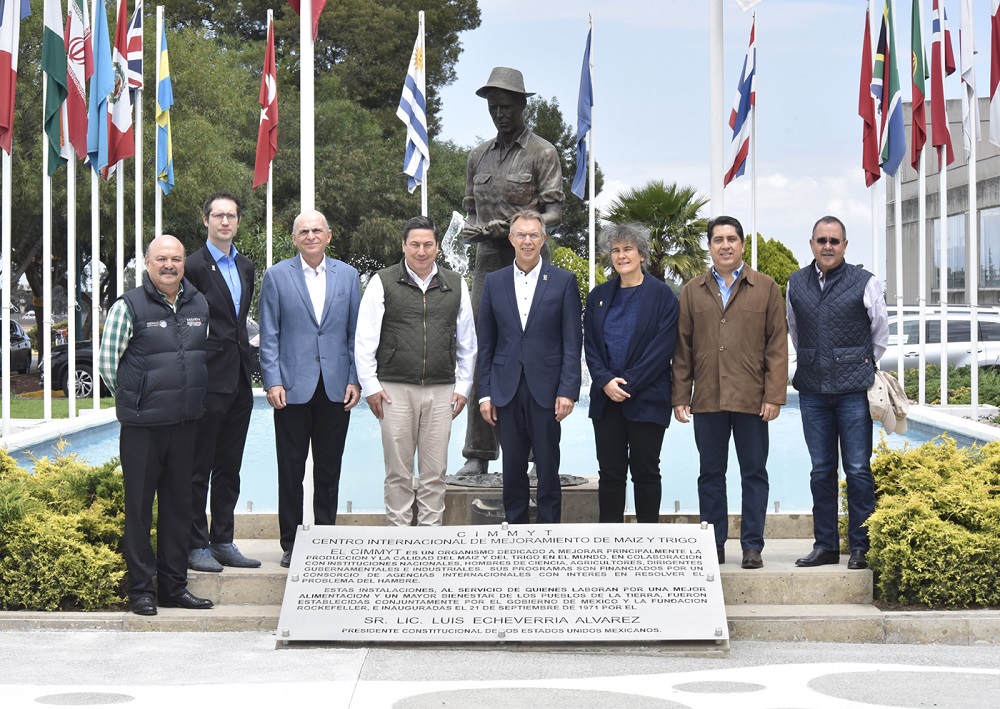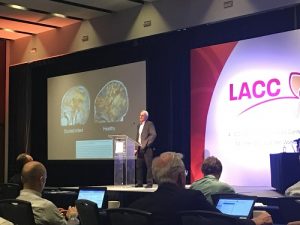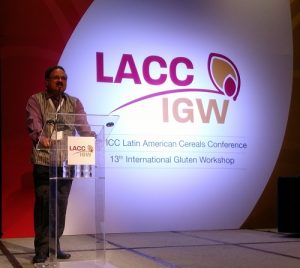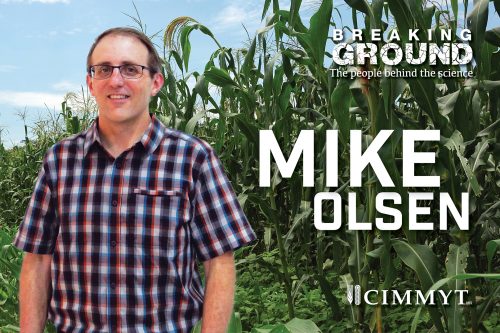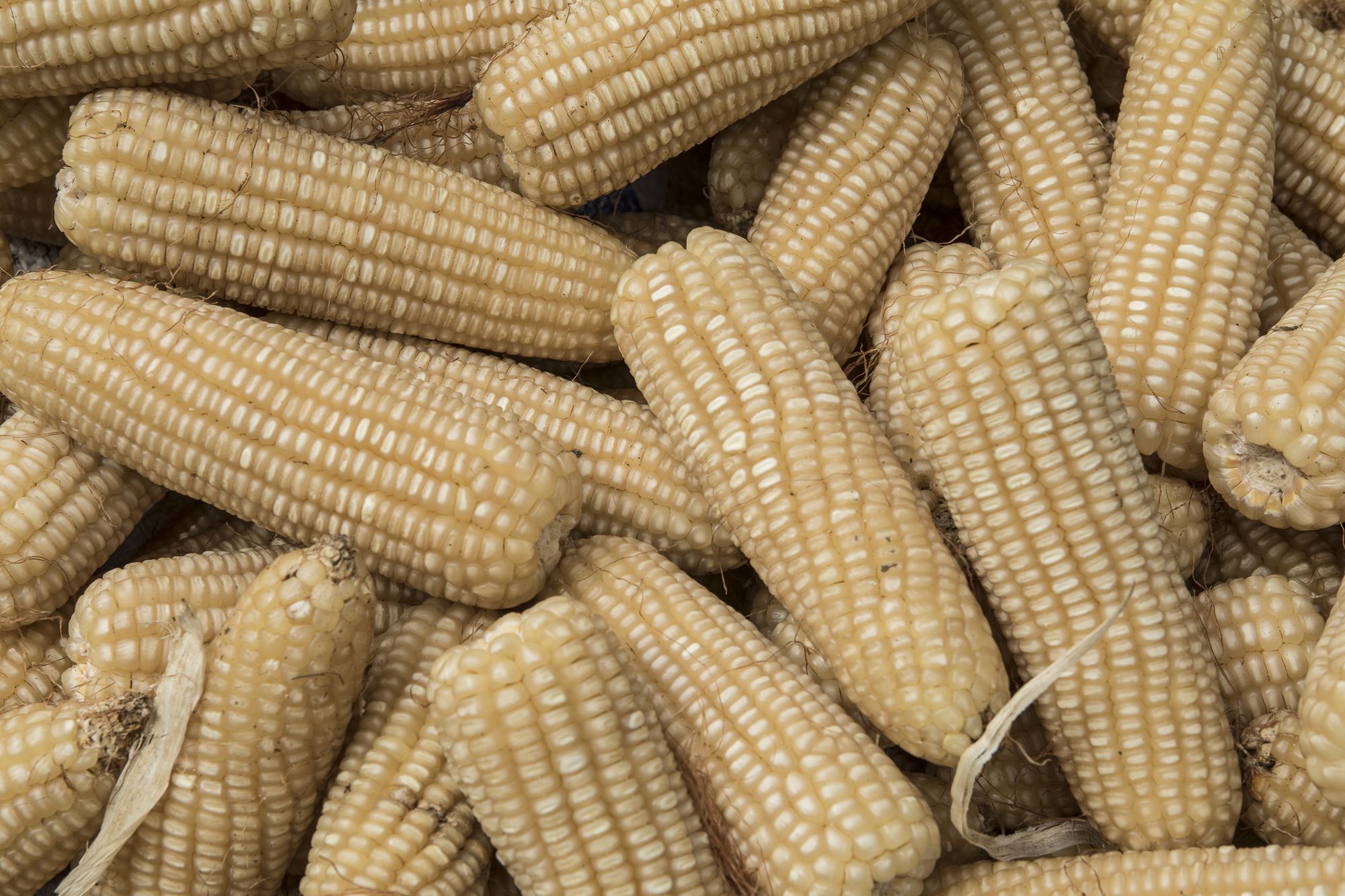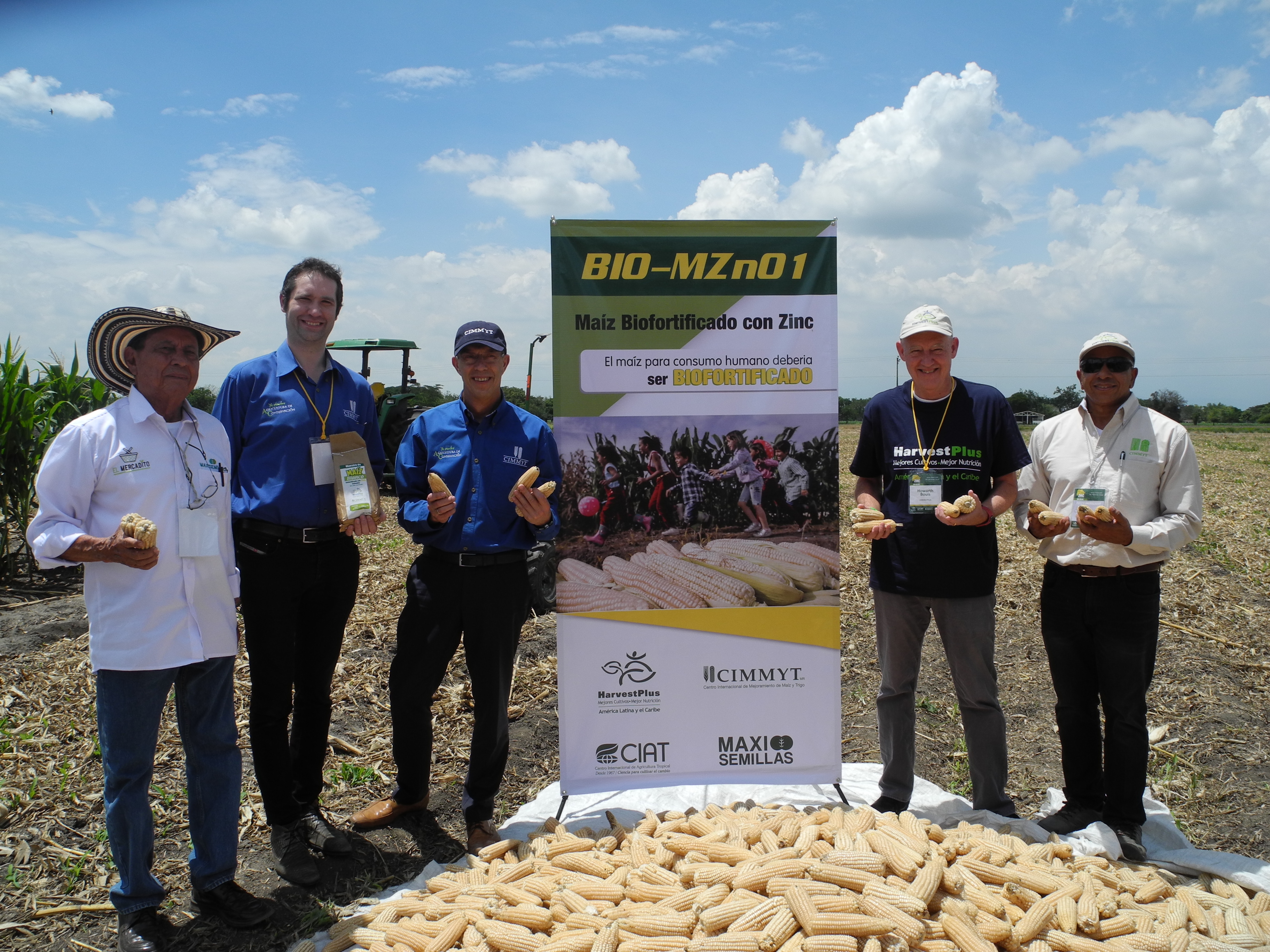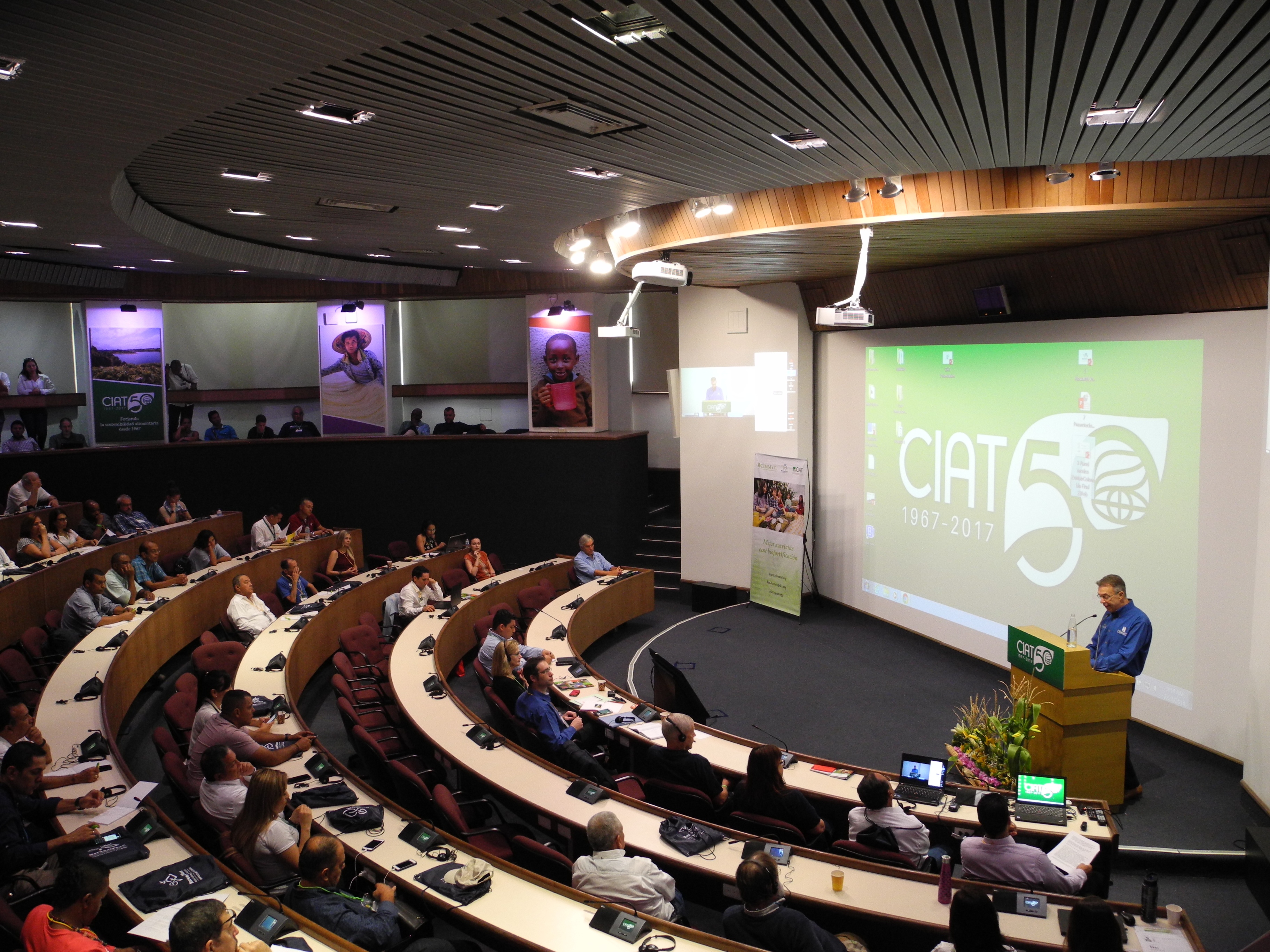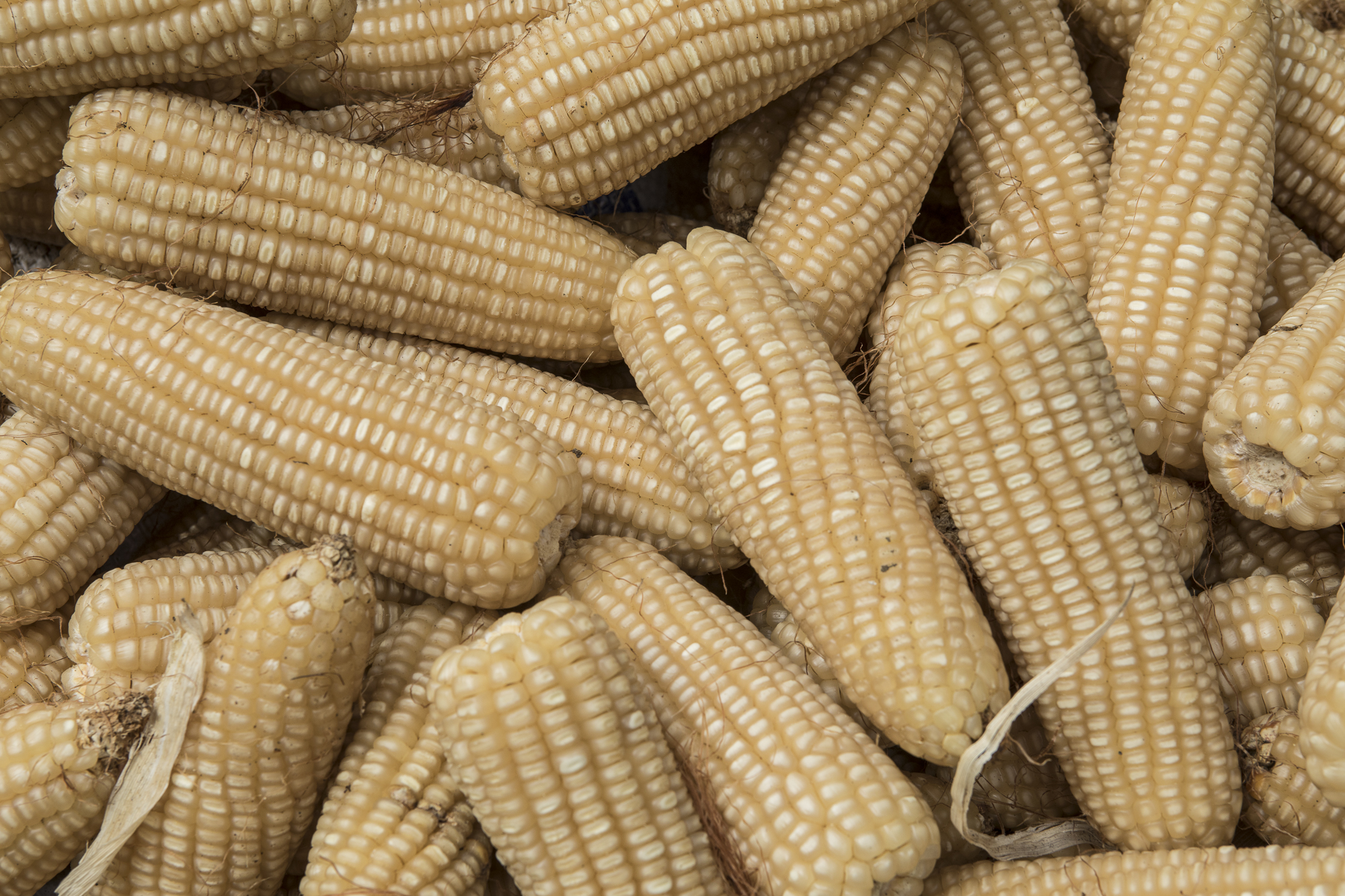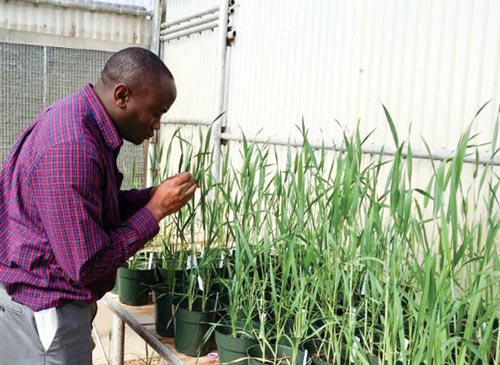Mexico and CIMMYT share a common vision for sustainable food production
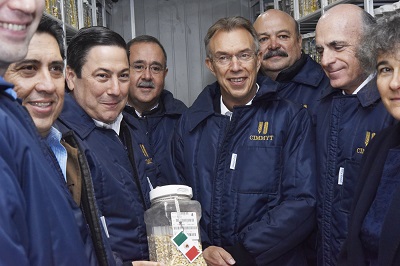
Mexico’s Secretariat of Agriculture, Livestock, Rural Development, Fisheries and Food (SAGARPA) is committed to provide Mexican farmers with the best possible seed and technical support, according to Baltazar Hinojosa Ochoa, Mexico’s secretary of agriculture, during his first visit to the International Maize and Wheat Improvement Center (CIMMYT) on May 6.
“My career in agriculture goes back 32 years, and I myself am a farmer,” Hinojosa said in his opening address. “With this great opportunity to visit CIMMYT also comes a great commitment to its work—I am here to work by your side, to learn, and to help make sure the projects you are working on become reality and continue the legacy of work you have upheld over many years.”
CIMMYT Director General Martin Kropff discussed CIMMYT’s longstanding partnership with Mexico and SAGARPA, and the Center’s work to help farmers in Mexico and around the world improve their productivity and sustainability. “Mexico is our home, our ally, and the cradle of the green revolution. The technologies and seeds that we develop here in Mexico are used in Africa, Asia, Latin America—practically all over the world,” he said.
Bram Govaerts, the Latin America regional representative at CIMMYT, presented in detail the positive impact that the seeds, technologies and sustainable intensification practices of the MasAgro project, a partnership between CIMMYT and SAGARPA, has had in Mexico.
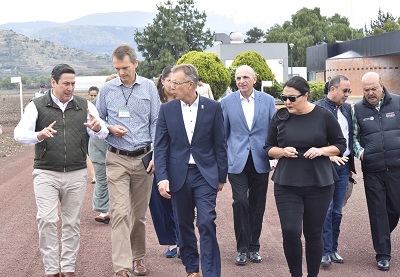
He cited a study by Mexico’s University of Chapingo that found that extension agents trained in the MasAgro method were 10 times more effective at (reaching) farmers.
Another study found that farmers who implemented MasAgro’s innovative sustainable intensification techniques were able to increase their maize yields under raid-fed agriculture by nearly a ton per hectare in several Mexican states.
The secretary of agriculture expressed particular interest in sustainable intensification practices that prevent soil erosion and promote efficient water use, citing the prime importance of conserving these resources that are crucial to protecting agriculture and food security.
“You have a clear vision of what needs to be done, and we are committed to that vision with you,” Hinojosa said. “We must begin to work today on issues such as water use and soil erosion rather than wait until our resources are already degraded.”
The secretary was then given a tour of CIMMYT’s seed bank, home to the largest collection of maize and wheat genetic diversity in the world, followed by presentations from CIMMYT researchers on their work with maize, wheat and sustainable intensification. Other visitors included Jorge Luis Zertuche, subsecretary of agriculture; Eduardo Mansilla, delegate of SAGARPA in the Mexican state of Tamaulipas; Sergio Martínez, advisor to the secretary of agriculture; as well as members of the CIMMYT management committee and researchers from the MasAgro project.
